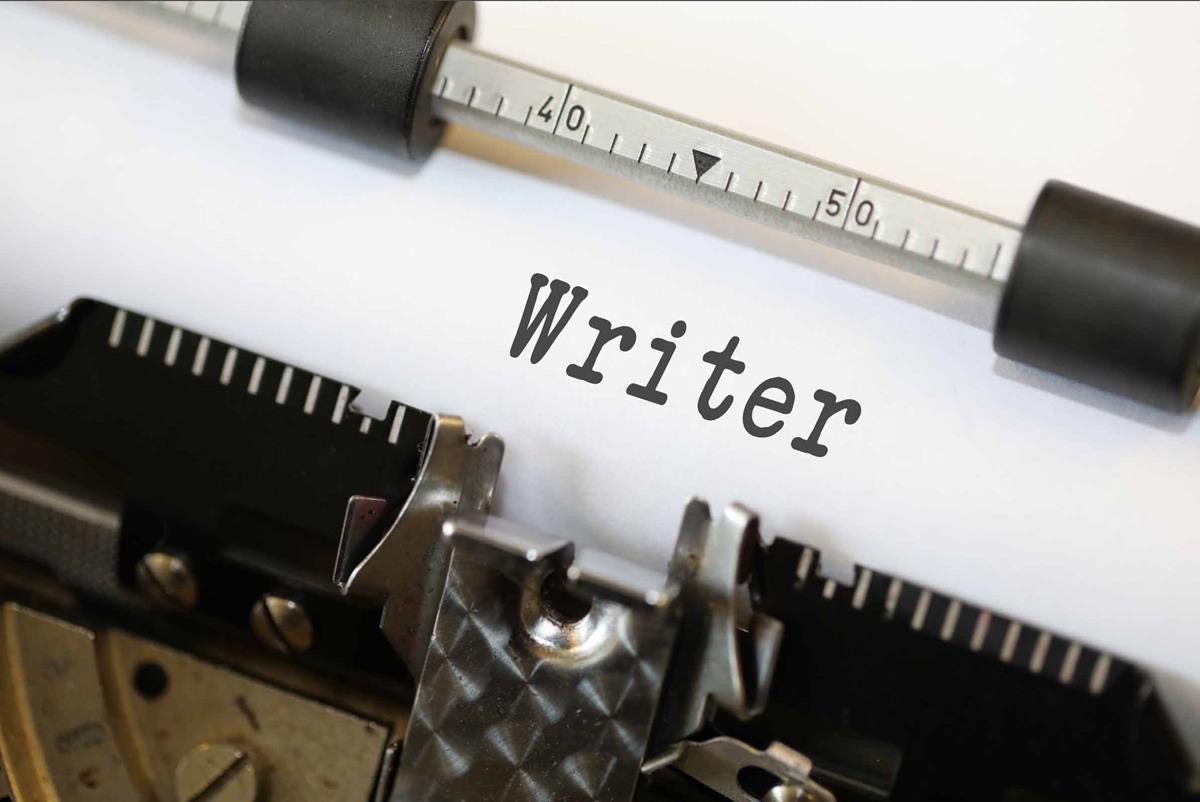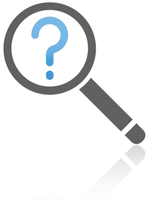Copyright Fundamentals
Copyright law is a fundamental part of intellectual property law that provides protection to creators for their original works. These works include a broad range of categories such as literature, music, art, and software, among others. Here’s a detailed look at how copyright protection works:
1. What is Copyright?
Copyright is a legal right granted by the law of a country to the creators of original works of authorship such as literary, dramatic, musical, artistic works, and certain other intellectual works. This right allows the creator to control the use of their work under certain conditions, protecting it from unauthorized use.
2. Automatic Protection
In most countries, copyright is automatic and comes into existence the moment a work is created and fixed in a tangible form that is perceptible either directly or with the aid of a machine or device. For example, writing a novel or taking a photograph grants copyright automatically upon their creation, provided they are sufficiently original.
3. Registration
While copyright is automatic, registering the copyright can provide additional legal benefits, such as the ability to bring an infringement lawsuit. In the United States, for example, registration is necessary for initiating an infringement suit. Copyright registration typically involves submitting an application to a government body, like the Copyright Office in the U.S., along with copies of the work and a fee.
4. Scope of Protection
Copyright law gives the author exclusive rights to:
- Reproduce the work
- Prepare derivative works based on the original work
- Distribute copies of the work to the public
- Perform the work publicly (in the case of plays, dances, musical compositions, etc.)
- Display the work publicly (such as for artwork or any material used on the internet or television)
5. Duration of Copyright
The duration of copyright protection varies by country, but typically it lasts for the life of the creator plus an additional number of years after their death (commonly 50 or 70 years). In the U.S., for works created after January 1, 1978, the copyright lasts for the life of the author plus 70 years. Works made for hire and anonymous or pseudonymous works have different terms.
6. Limitations and Exceptions
Several limitations to copyright protection allow for fair use of copyrighted materials without needing permission from the copyright holder. These include uses such as criticism, comment, news reporting, teaching, scholarship, and research. The specific rules for what constitutes fair use vary by country, and there are also other exceptions like educational use, parody, etc.
7. International Protection
Copyright protection is generally territorial; however, nearly all countries are members of international treaties that respect each other’s copyrights, such as the Berne Convention for the Protection of Literary and Artistic Works, which allows automatic recognition of copyright between member countries.
8. Infringement and Remedies
Copyright infringement occurs when someone uses a copyrighted work without permission in a way that violates one or more of the copyright owner’s exclusive rights. Remedies for infringement can include injunctions, damages, and, in severe cases, criminal penalties.
Understanding these aspects of copyright protection is crucial for creators to safeguard their works and for users to understand the extent and limits of their rights when interacting with copyrighted material.
Copyright Protections
Protecting your copyright is essential to safeguard your creative work and ensure you maintain control over its use. Here are some practical steps you can take to protect your copyright effectively:
1. Understand Your Rights
- Educate yourself about the basics of copyright law in your jurisdiction. Knowing what copyright protects and what it does not is crucial for effectively managing your rights.
2. Ensure Your Work is Original
- Create original works. Copyright protection only applies to works that are original and have been fixed in a tangible form of expression. This means the work must be sufficiently creative and must be documented in some way (written down, recorded, saved on your computer, etc.).
3. Keep Evidence of Creation
- Document the creation process: Keep drafts, sketches, notes, and all versions of your work. This can serve as evidence of the creation process and establish a timeline, which can be crucial in the event of a dispute.
- Use date-stamped emails: Send copies of the work to yourself via email or use other digital timestamp services to create an electronic trail of your work’s development.
4. Register Your Copyright
- Although copyright is automatic, registering your work with the copyright office in your country (like the U.S. Copyright Office) provides a public record of your copyright and is necessary in some jurisdictions to bring a lawsuit for infringement.
- Registration can potentially allow you to claim statutory damages and attorney’s fees in litigation, rather than just actual damages.
5. Use Copyright Notices
- Place a copyright notice on your work. It helps to inform others that the work is protected and that you are the copyright owner. A typical copyright notice includes the copyright symbol (©), the year of first publication, and the name of the copyright owner, e.g., “© 2024 John Doe.”
6. Publish with Care
- Be cautious about where and how you publish your work. Understand the terms and conditions of any platform or publisher you use. Some may require you to grant them extensive rights to your work.
7. Manage Licensing
- If you allow others to use your work, use written contracts to specify the scope of the license, including what rights you are granting, to whom, for how long, and under what conditions.
- Consider using licensing agreements that specify the rights you are granting, such as non-exclusive, exclusive, or transfer of rights.
8. Monitor Use of Your Work
- Regularly check for unauthorized use of your work. Tools like reverse image searches, plagiarism checkers, and software that scans the web can help you see if your work is being used without permission.
9. Take Action Against Infringements
- If you find unauthorized use, you can start by contacting the infringer with a cease-and-desist letter. This is often an effective first step to resolve the issue.
- If the infringement continues, you may need to consider legal action. Consulting with a copyright attorney can provide guidance tailored to your specific situation.
10. Stay Informed
- Copyright laws can change, and practices in industries like publishing, music, and film frequently evolve. Keeping informed about these changes can help you better manage and protect your rights.
By taking these steps, you can better ensure that your creative works are protected under copyright law, allowing you to control how your work is used and to potentially monetize your creative efforts effectively.
QUESTIONS FOR FURTHER DISCUSSION
Discussing copyright laws further can be quite illuminating, especially in the context of digital content creation, global distribution, and evolving media landscapes. Here are some thought-provoking questions that could enhance your understanding and spark deeper discussions about copyright law:
How does copyright law adapt to new technologies such as artificial intelligence and blockchain?
- Explore the challenges and potential solutions copyright law faces in the era of AI-created content and blockchain’s ability to track and manage digital rights.
What are the implications of copyright exceptions for educational purposes on the publishing industry and academic institutions?
- Discuss how these exceptions impact publishers, authors, and educational institutions, particularly in terms of accessibility and revenue.
How effective are international copyright agreements in protecting against piracy across different jurisdictions?
- Consider the effectiveness of treaties like the Berne Convention in the digital age where cross-border sharing and piracy are prevalent.
What are the ethical considerations in enforcing strict copyright laws in developing countries?
- Analyze the balance between promoting innovation and creativity and the need for accessible educational resources and cultural exchange.
How can copyright law be balanced to support both the creator’s rights and the public’s right to access information?
- Explore potential reforms or adjustments to copyright law that could better serve the interests of both creators and the public.
What role does copyright play in preserving cultural heritage versus commodifying culture?
- Investigate the impact of copyright on cultural expressions, traditional knowledge, and folklore, especially in indigenous communities.
How do fair use and fair dealing differ across countries, and what impacts do these differences have on global content distribution?
- Compare the concepts of fair use in the U.S. with fair dealing in countries like the UK and Canada, especially in relation to media, education, and research.
What are the legal and moral implications of copyright enforcement in fan fiction and fan art communities?
- Discuss the balance between copyright law and the creative output of fan communities, considering both legal precedents and community norms.
How do copyright laws affect the remix culture, especially in music and digital art?
- Delve into the challenges and opportunities presented by copyright law for artists who engage in practices like sampling and digital collage.
What are the future challenges for copyright law in the age of content streaming and on-demand services?
- Consider how the rise of streaming platforms affects copyright enforcement and the distribution of royalties among creators.
These questions can serve as a basis for detailed discussions, helping you and your community delve deeper into the complex world of copyright law and its broader social, cultural, and economic implications.
© 2024, wcadmin. All rights reserved, Writers Critique, LLC Unless otherwise noted, all posts remain copyright of their respective authors.







